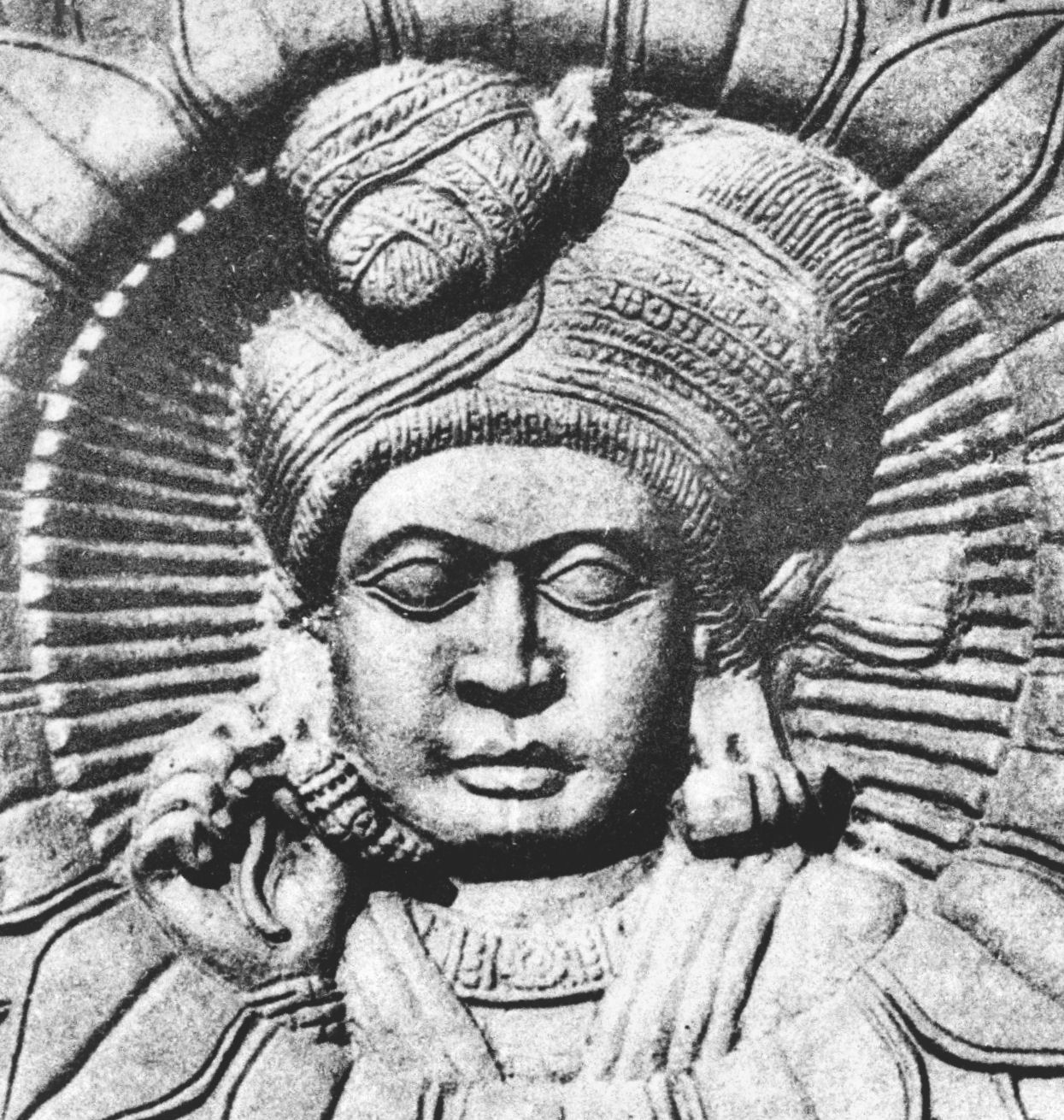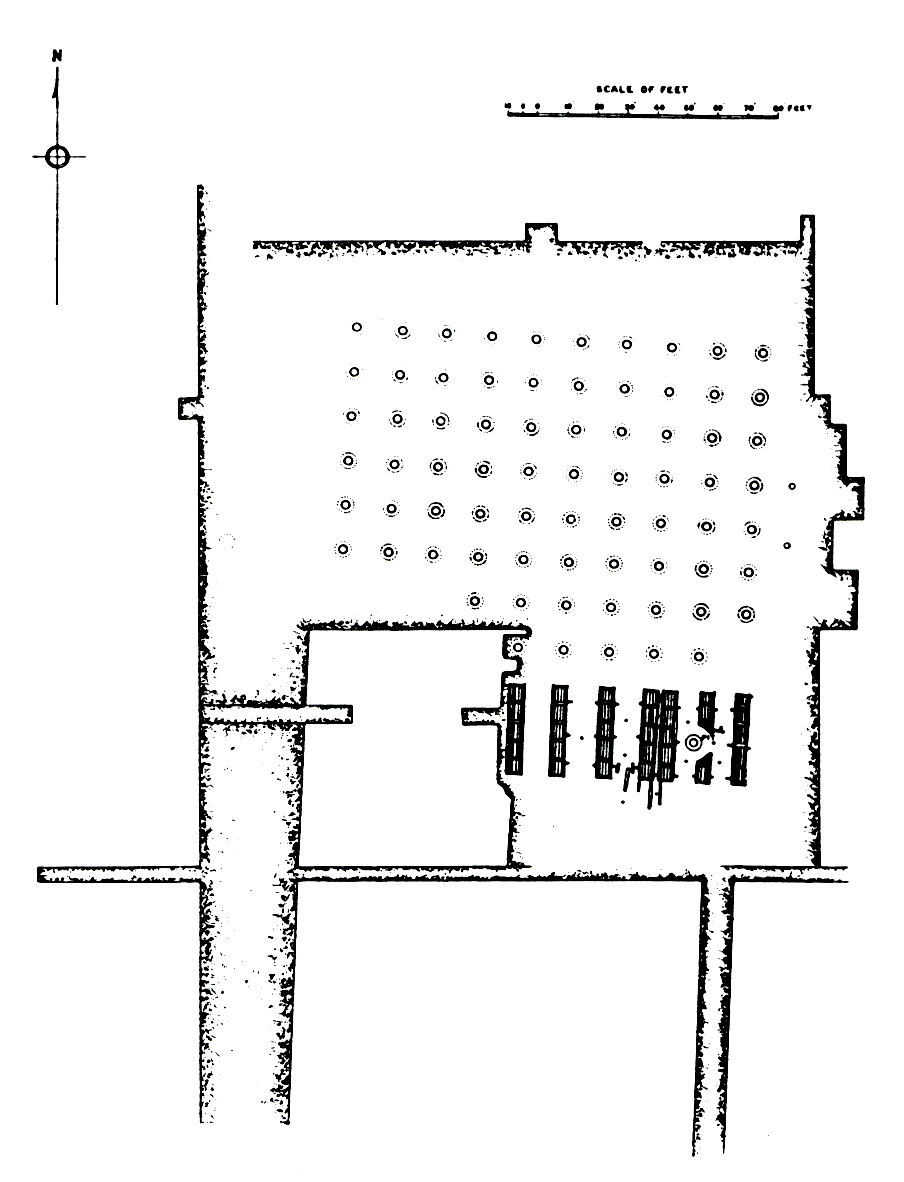|
Salabhanjika
A salabhanjika or shalabhanjika is a term found in Indian art and literature with a variety of meanings. In Buddhist art, it means an image of a woman or yakshi next to, often holding, a tree, or a reference to Maya (mother of the Buddha), Maya under the ''sala'' tree Life_of_Buddha_in_art#Birth_of_the_Buddha, giving birth to Siddhartha (Buddha). In Hindu and Jain art, the meaning is less specific, and it is any statue or statuette, usually female, that breaks the monotony of a plain wall or space and thus enlivens it. In Buddhist literature, ''salabhanjika'' also refers to an ancient Indian festival, one celebrated when ''sala'' tree blossoms in the context of Buddha's life. In literature, apart from the statue meaning, Salabhanjika can mean a doll, or fairy, or a seductress (harlot) depending on the context. In these contexts, they are also known as ''madanakai'', ''madanika'' or ''shilabalika''. In the context of Indian poetry and music, the term ''salabhanjika'' is synonym ... [...More Info...] [...Related Items...] OR: [Wikipedia] [Google] [Baidu] |
Yakshi
Yakshinis or Yakshis (, , Prakrit: ) are a class of female nature spirits in Hindu, Buddhist, and Jain religious mythologies that are different from Devas and Asuras and Gandharvas or Apsaras. Yakshinis and their male counterparts, the Yakshas, are one of the many paranormal beings associated with the centuries-old sacred groves of India. Yakshis are also found in the traditional legends of Northeastern Indian tribes, ancient legends of Kerala, and in the folktales of Kashmiri Muslims. Sikhism also mentions yakshas in its sacred texts. The well behaved and benign ones are worshipped as tutelaries, they are the attendees of Kubera, the treasurer of the gods, and also the Hindu god of wealth who ruled Himalayan kingdom of Alaka. There are also malign and mischievous yakshinis with poltergeist-like behaviours, that can haunt and curse humans according to Indian folklore. The ashoka tree is closely associated with yakshinis. The young girl at the foot of the tree is an a ... [...More Info...] [...Related Items...] OR: [Wikipedia] [Google] [Baidu] |
Tree Deities
A tree deity or tree spirit is a nature deity related to a tree. Such deities are present in many cultures. They are usually represented as a young woman, often connected to ancient fertility and tree worship lore.Heinrich Zimmer, ''Myths and Symbols in Indian Art and Civilization.'' (1946) The status of tree deities varies from that of a local fairy, ghost, Sprite (creature), sprite or nymph, to that of a goddess. Examples of tree deities The Yakshis or Yakshinis (), Mythology, mythical maiden deities of Hinduism, Hindu, Buddhism, Buddhist, and Jainism, Jain mythology are closely associated with trees, especially the ashoka tree and the sal tree. Although these tree deities are usually benevolent, there are also yakshinis with malevolent characteristics in Folklore of India, Indian folklore. Panaiveriyamman, named after ''panai'', the Tamil language, Tamil name for the Palmyra palm, is an ancient fertility deity linked to this palm that is so important in Tamil culture. This dei ... [...More Info...] [...Related Items...] OR: [Wikipedia] [Google] [Baidu] |
Hoysala
The Hoysala Kingdom was a kingdom originating from the Indian subcontinent that ruled most of what is now Karnataka, India, Karnataka, parts of Tamilnadu and South-Western Telangana between the 11th and the 14th centuries Common Era, CE. The capital of the Hoysalas was initially located at Belur, Karnataka, Belur, but was later moved to Halebidu. The Hoysala rulers were originally from Malenadu, an elevated region in the Western Ghats. In the 12th century, taking advantage of the internecine warfare between the Western Chalukya Empire and Kalachuris of Kalyani, the Hoysalas annexed areas of present-day Karnataka and the fertile areas north of the Kaveri delta in present-day Tamil Nadu. By the 13th century, they governed most of Karnataka, north-western Tamil Nadu and parts of western Andhra Pradesh in the Deccan Plateau (Now Telangana). The Hoysala era was an important period in the development of South Indian art, architecture, and religion. The Kingdom is remembered today pr ... [...More Info...] [...Related Items...] OR: [Wikipedia] [Google] [Baidu] |
Shorea Robusta
''Shorea robusta'', the sal tree, sāla, shala, sakhua, or sarai, is a species of tree in the family Dipterocarpaceae. The tree is native to India, Bangladesh, Nepal, Tibet and across the Himalayan regions. Evolution Fossil evidence from lignite mines in the Indian states of Rajasthan and Gujarat indicate that sal trees (or at least a closely related '' Shorea'' species) have been a dominant tree species of forests of the Indian subcontinent since at least the early Eocene (roughly 49 million years ago), at a time when the region otherwise supported a very different biota from the modern day. Evidence comes from the numerous amber nodules in these rocks, which originate from the dammar resin produced by the sal trees. Description ''Shorea robusta'' can grow up to tall with a trunk diameter of . The leaves are 10–25 cm long and 5–15 cm broad. In wetter areas, sal is evergreen; in drier areas, it is dry-season deciduous, shedding most of the leaves from Februar ... [...More Info...] [...Related Items...] OR: [Wikipedia] [Google] [Baidu] |
Sanskrit
Sanskrit (; stem form ; nominal singular , ,) is a classical language belonging to the Indo-Aryan languages, Indo-Aryan branch of the Indo-European languages. It arose in northwest South Asia after its predecessor languages had Trans-cultural diffusion, diffused there from the northwest in the late Bronze Age#South Asia, Bronze Age. Sanskrit is the sacred language of Hinduism, the language of classical Hindu philosophy, and of historical texts of Buddhism and Jainism. It was a lingua franca, link language in ancient and medieval South Asia, and upon transmission of Hindu and Buddhist culture to Southeast Asia, East Asia and Central Asia in the early medieval era, it became a language of religion and high culture, and of the political elites in some of these regions. As a result, Sanskrit had a lasting effect on the languages of South Asia, Southeast Asia and East Asia, especially in their formal and learned vocabularies. Sanskrit generally connotes several Indo-Aryan languages# ... [...More Info...] [...Related Items...] OR: [Wikipedia] [Google] [Baidu] |
Somanathapura
Somanathapura, also spelled Somnathpur temple or Somanathpura is a town in T Narasipura Taluk, Mysore district in the state of Karnataka in India. Census of India (2011) It is located from Keshava Temple at Somanathapura (Also called '''' temple). Demographics According to the 2011 Indian Census, the town consists of 4,692 people. The town has a literacy rate of 86.11 percent which is higher than |
Halebidu
Halebidu (IAST: Haḷēbīḍ, literally "old capital, city, encampment" or "ruined city") is a town located in Hassan District, Karnataka, India. Historically known as Dwārasamudra (also Dorasamudra), Halebidu became the regal capital of the Hoysala Empire in the 11th century CE. In the modern era literature it is sometimes referred to as Halebeedu or Halebid as the phonetic equivalent, a local name after it was damaged and deserted after being ransacked and looted twice by the forces of the Turko-Persian Delhi Sultanate in the 14th century. Halebidu is home to some of the best examples of Hindu and Jain temples with Hoysala architecture. These show the breadth of Hindu artwork traditions – Shiva, Vishnu, Devi and Vedic deities – fused into the same temple complex, depicted with a diversity of regional heritages, along with inscriptions in scripts from across India. The Hindu temples include Jaina reliefs in its panel. Similarly, the Jaina artwork includes the different ... [...More Info...] [...Related Items...] OR: [Wikipedia] [Google] [Baidu] |
Belur, Karnataka
Belur () is a town and tehsil, taluk in Hassan district in the state of Karnataka, India. The town is renowned for its Chennakeshava Temple, Belur, Chennakeshava Temple dedicated to Vishnu, one of the finest examples of Hoysala architecture and the largest Hindu temple complex that has survived from pre-14th-century Karnata-Dravida tradition. It has been a Vaishnava Hindu pilgrimage center since at least the 12th century. It was also the first capital of the Hoysala dynasty, before they built Dwarasamudra (modern Halebid). Belur is also Town Municipal Council and taluka. The Hoysala monuments at Belur and Halebidu have been declared as UNESCO World Heritage Sites in 2023.Permanent Delegation of India to UNESCO (2014)Sacred Ensembles of the Hoysala UNESCO Geography Belur is situated on the banks of Yagachi River in the Hassan district of south Karnataka. It is about northwest of Hassan, Karnataka, Hassan and about west from the famous Hindu and Jain temples' town of Halebid, H ... [...More Info...] [...Related Items...] OR: [Wikipedia] [Google] [Baidu] |
Pataliputra
Pataliputra (IAST: ), adjacent to modern-day Patna, Bihar, was a city in ancient India, originally built by Magadha ruler Ajatashatru in 490 BCE, as a small fort () near the Ganges river.. Udayin laid the foundation of the city of Pataliputra at the confluence of two rivers, the Son and the Ganges. He shifted his capital from Rajgriha to Pataliputra due to the latter's central location in the empire. It became the capital of major powers in ancient India, such as the Shishunaga Empire (–345 BCE), Nanda Empire (), the Maurya Empire (–180 BCE), and the Pala Empire (–1200 CE). During the Maurya period (see below), it became one of the largest cities in the world. As per the Greek diplomat, traveler and historian Megasthenes, during the Mauryan Empire (–180 BCE) it was among the first cities in the world to have a highly efficient form of local self government. The location of the site was first identified in modern times in 1892 by Laurence Waddell, published a ... [...More Info...] [...Related Items...] OR: [Wikipedia] [Google] [Baidu] |
Sunga Empire
The Shunga Empire (IAST: ') was a ruling entity centred around Magadha and controlled most of the northern Indian subcontinent from around 187 to 75 BCE. The dynasty was established by Pushyamitra, after taking the throne of Magadha from the Mauryas. The Shunga empire's capital was Pataliputra, but later emperors such as Bhagabhadra also held court at Besnagar (modern Vidisha) in eastern Malwa. This dynasty is also responsible for successfully fighting and resisting the Greeks in Shunga–Greek War. Pushyamitra ruled for 36 years and was succeeded by his son Agnimitra. There were ten Shunga rulers. However, after the death of Agnimitra, the second king of the dynasty, the empire rapidly disintegrated:K.A. Nilkantha Shastri (1970)''A Comprehensive History of India: Volume 2'' p.108: "Soon after Agnimitra there was no 'Sunga empire'." inscriptions and coins indicate that much of northern and central India consisted of small kingdoms and city-states that were independent of a ... [...More Info...] [...Related Items...] OR: [Wikipedia] [Google] [Baidu] |
Kumhrar
Kumhrar or Kumrahar is the area of Patna where remains of the ancient city of Pataliputra were excavated by the Archaeological Survey of India starting from 1913. It is located 5 km east of Patna Railway Station. Archaeological remains of the Mauryan period (322–185 BCE) have been discovered here, this include the ruins of a hypostyle 80-pillared hallDevise plan to save Kumhrar site:HC , 1 February 2002. [...More Info...] [...Related Items...] OR: [Wikipedia] [Google] [Baidu] |






